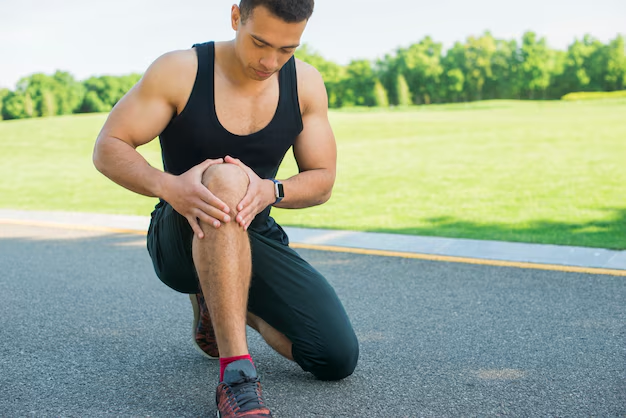As an athlete, you know firsthand the demands of sports, including running, jumping, and tackling.
Sports injuries like sprains, fractures, and dislocations can happen at any time, especially if you are active in sports. Our pain doctors can assist you with managing these injuries.
If you’re experiencing pain from a sports injury, give us a call. Our Utah physical medicine clinics offer non-surgical options for relieving sports injury pain.
If you’ve tried other healthcare solutions, such as surgery, medication, or regular chiropractic care, without success, Interventional Spine & Pain Management has the specialists you need to see.

Medications are prescribed based on the type of back pain you have and may include:
Anti-inflammatory medication: NSAIDs (nonsteroidal anti-inflammatory drugs) such as naproxen sodium (Aleve) or ibuprofen (Advil, Motrin IB, and others) can be helpful. Use these medications only as directed, as overuse can lead to serious side effects. If over-the-counter NSAIDs are not effective, your healthcare provider may prescribe stronger NSAIDs.
Muscle relaxants: If anti-inflammatories are not effective for mild to moderate back pain, a muscle relaxant might be considered. Be aware that muscle relaxants can cause drowsiness and dizziness.
Topical analgesics: These include ointments, creams, salves, and patches that are applied to the skin to provide localized pain relief.
Opioid medications: Drugs containing opioids, such as hydrocodone or oxycodone, may be prescribed for short-term use under close medical supervision.
Antidepressants: Certain types of antidepressants, like duloxetine (Cymbalta) and tricyclic antidepressants such as amitriptyline or nortriptyline, have been shown to help alleviate chronic back pain.
A physical therapist can teach exercises to strengthen your stomach and back muscles, improve flexibility, and correct your posture. Regularly practicing these exercises can help prevent discomfort from recurring. Physical therapists will also guide you on how to modify your movements during a back pain episode, allowing you to stay active without worsening your pain.
**Surgical and Additional Techniques**
Treating back pain may involve several techniques, including:
**Cortisone injections:** An injection of cortisone mixed with a numbing agent into the area around the spinal cord and nerve roots can be helpful if other treatments haven’t relieved pain that radiates down the leg. The pain relief from a cortisone injection usually lasts for one to two months and helps reduce inflammation around the nerve roots.
**Radiofrequency ablation:** This procedure involves inserting a small needle through the skin near the painful area. Radiofrequency waves are then passed through the needle to damage the surrounding nerves, which prevents the brain from receiving pain signals.
**Spinal cord stimulators:** Implanted devices can send electrical impulses to specific nerves to block pain signals. These devices are placed under the skin.
**Surgery:** For patients with progressive muscle weakness or lower limb back pain, surgery may be necessary to create more space in the spine. This is often needed for conditions like herniated discs or other issues that narrow the spinal canal.
Experience convenient and timely access to our services to minimize disruptions to your daily life.
Designed and Developed by Sajawal Javaid